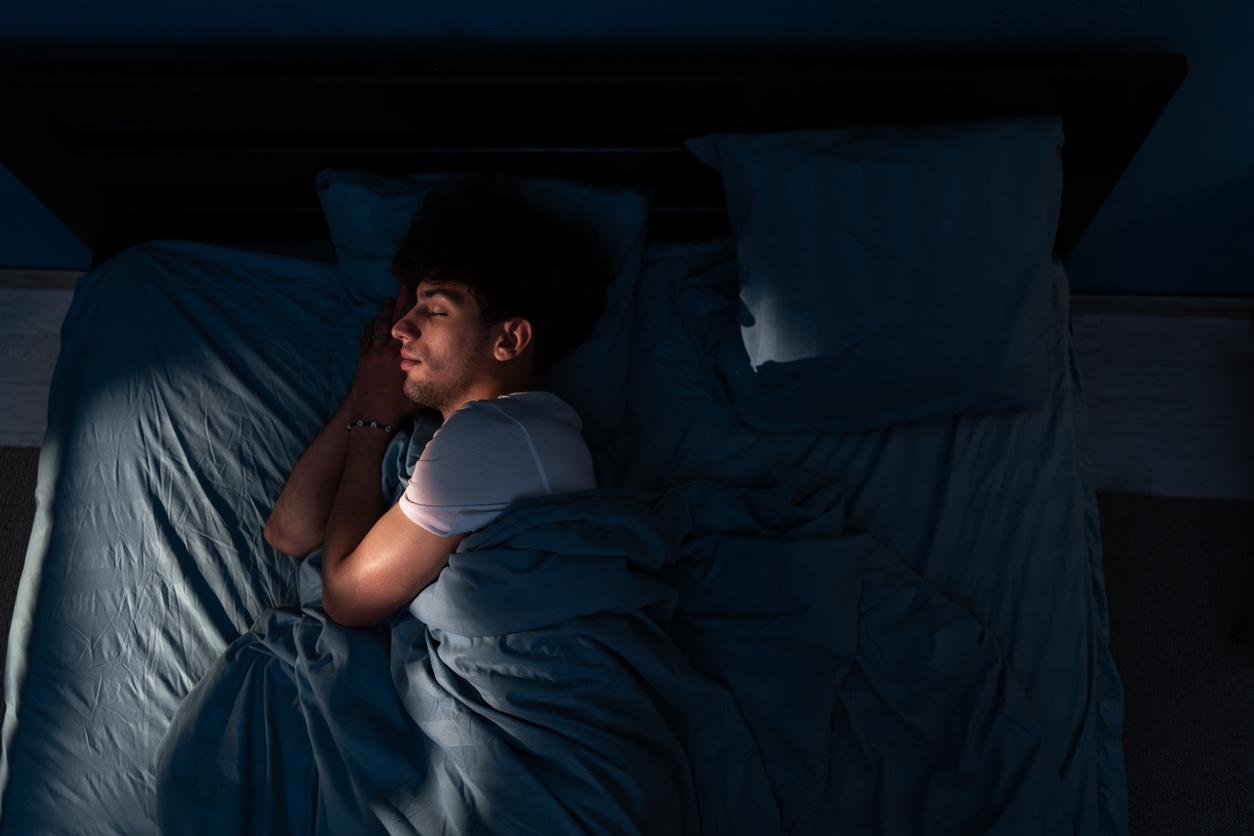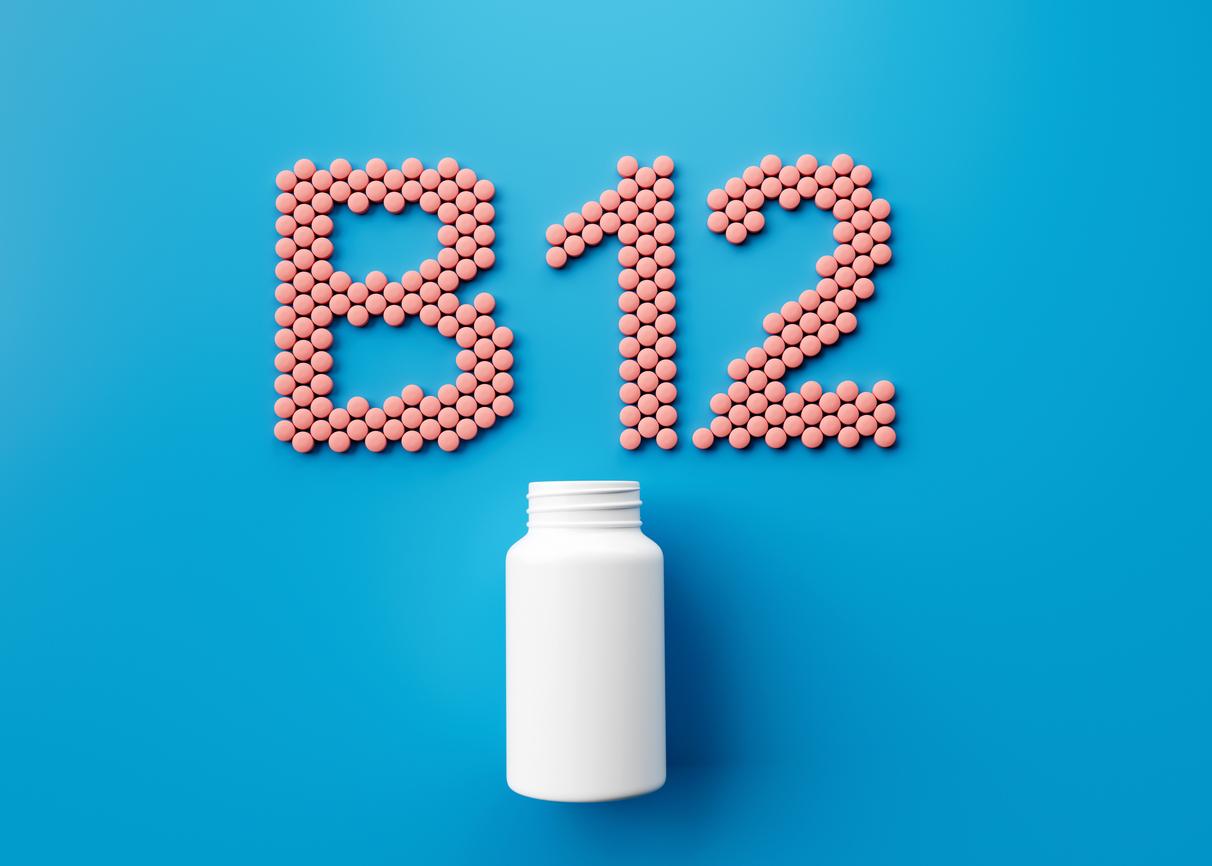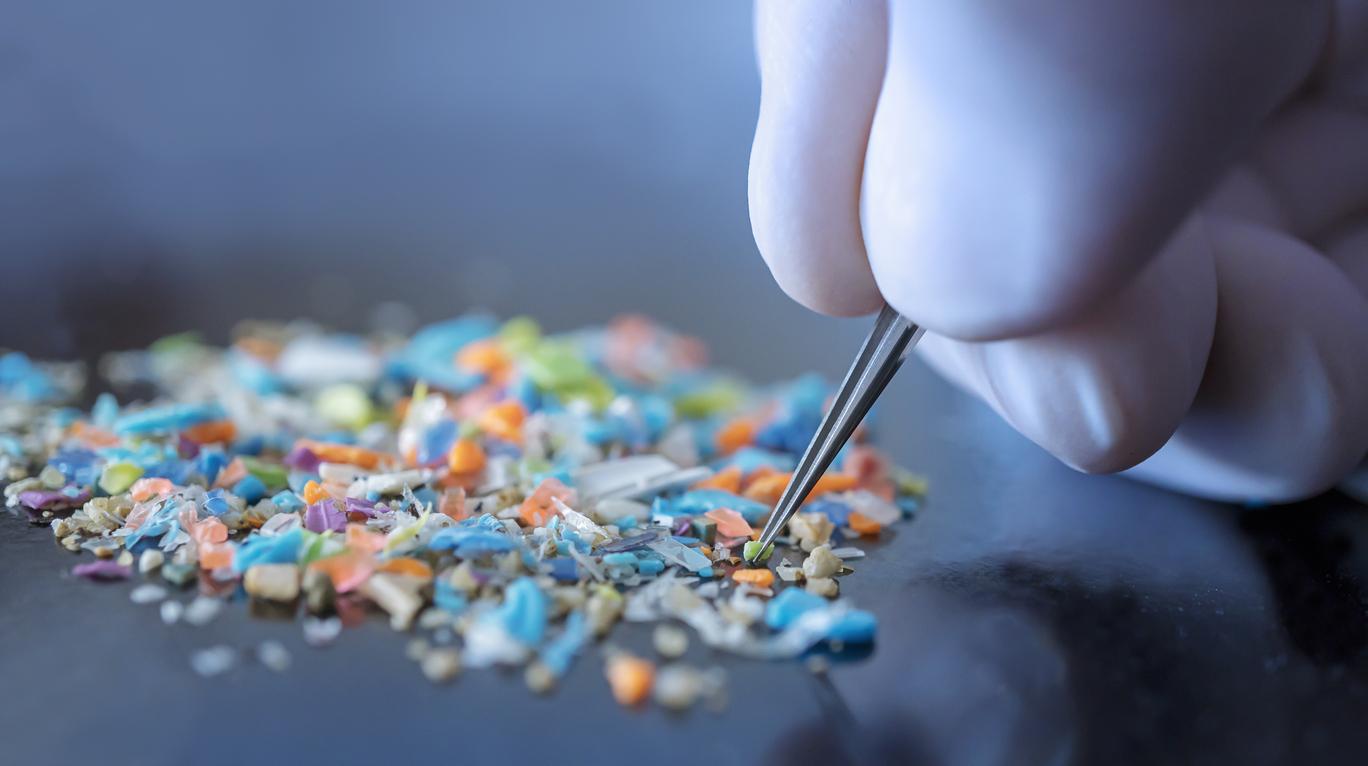From the first bite, your perception of taste could activate brain cells, which help to regulate your eating.

- Prolactin-releasing hormone (PRLH) neurons and GCG neurons are present in the caudal nucleus of the solitary tract, namely a region of the brain.
- Stimulated by the perception of flavor, these PRLH brain cells act almost immediately to reduce food intake.
- GCG neurons are activated by signals from the gut and they control when we stop eating.
“Completing a meal is controlled by specific neural circuits in the caudal brainstem. One of the main challenges is understanding how these circuits transform sensory signals generated during feeding into dynamic control of behavior,” wrote researchers from the University of California at San Francisco (United States) in a study published in the journal Nature.
Brain cells react differently depending on where the signals come from
To provide new knowledge, they implanted a light sensor in the brains of mice genetically modified so that prolactin-releasing hormone (PRLH) neurons, contained in the caudal nucleus of the solitary tract, emit a signal fluoresce when activated by electrical signals transmitted by neurons from other parts of the body. As a reminder, “the caudal nucleus of the solitary tract (cNTS) is the first site in the brain where many meal-related signals are perceived and integrated,” they clarified. Next, the team delivered a liquid food, containing a mixture of fats, proteins, sugar, vitamins and minerals, into the rodents’ intestines.
Over a period of ten minutes, the neurons become more and more activated as the amount of food administered increases. This activity reached its maximum a few minutes after the end of the infusion. In contrast, PRLH neurons did not activate when the authors injected saline into the mice’s intestines.
When the scientists let the mice freely eat liquid food, the PRLH neurons activated a few seconds after the animals began licking the food, but deactivated when they stopped licking. According to the authors, this shows that PRLH neurons respond differently depending on whether the signals come from the mouth or the gut and that signals from the mouth override those from the gut.
Food: “it’s taste that activates neurons” PRLH
By using a laser to activate PRLH neurons in mice that were eating freely, the team was able to reduce the rate at which the mice ate. Further experiments showed that these brain cells did not activate during feeding in mice deprived of most of their ability to taste sweet foods. “This suggests that it is taste that activates the neurons.”
Another discovery: GCG neurons, which are also present in the caudal nucleus of the solitary tract, are activated by signals from the intestine and they control when the mice stop eating. “Signals from the mouth control how quickly you eat, and signals from the gut control how much you eat”explained Zachary Knight, author of the work, in a statement.
According to the team, a better understanding of how signals from different parts of the body control appetite would pave the way for designing weight loss diets tailored to individual eating habits, by optimizing how signals from both groups of brain cells interact.
















